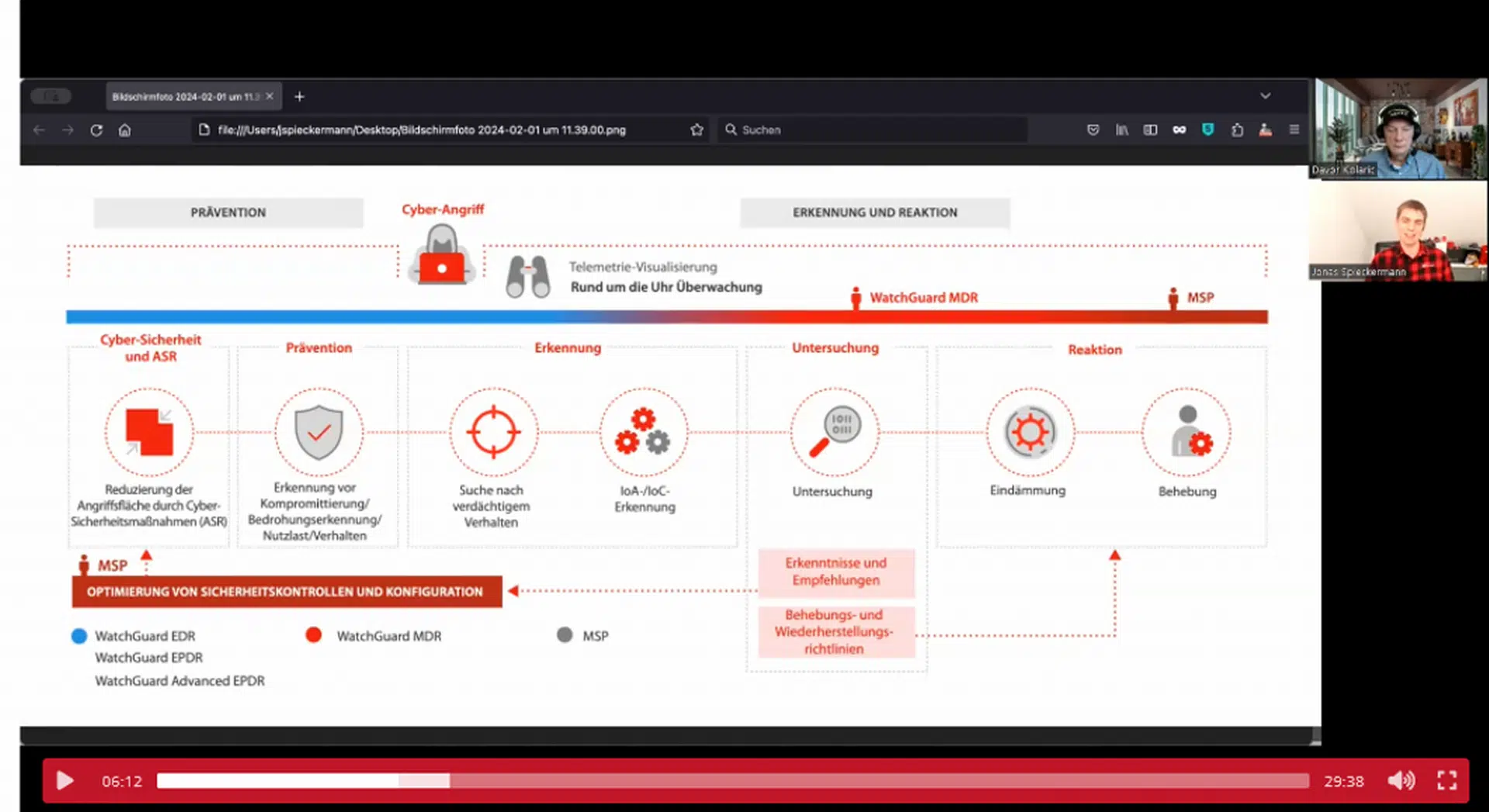
Remote Work and Enterprise Application Partnerships to Drive Double-Digit Growth Through 2022
The worldwide social software and collaboration market is forecast to total $4.5 billion in 2021, an increase of 17.1% from 2020, according to the latest forecast by Gartner, Inc. The need to support remote work during COVID-19, as well as social software integrations within other enterprise applications, is driving significant growth.
“Many of the existing use cases propelling the social and collaboration market, such as coordinating a distributed workforce and providing a ‘virtual water cooler,’ got a sudden jolt from the pandemic,” said Craig Roth, research vice president at Gartner. “Social and collaboration tools went from a ‘nice to have’ to a ‘must have’ within a matter of weeks.”
Even as some workers begin to return to offices, COVID-19 has caused a permanent change in workforce structure that will require additional investment in technologies to facilitate, capture and organise open conversations and information sharing. The pandemic bent the long-term curve of the social software and collaboration market upward, with double-digit growth projected through 2022 (see Table 1).
Table 1. Worldwide Social Software and Collaboration Revenue, 2020-2022 (Millions of Dollars)
|
2020 |
2021 |
2022 |
|
| Social Software and Collaboration Software |
3,826.3 |
4,479.2 |
5,104.0 |
| Growth (%) |
8.7 |
17.1 |
14.0 |
Source: Gartner (March 2021)
Another key trend driving market growth is the integration of social software as an embedded capability in other applications and platforms. Gartner predicts that by 2025, nearly 65% of enterprise application software providers will have included some form of social software and collaboration functionality in their software product portfolios.
“Providers of packaged business applications, such as ERP and CRM software, have previously offered basic social and collaboration functionality. However, they are now facing heightened expectations about the seamless inclusion of nonroutine tasks, such as conversations and marking up content, within their process-oriented products.
“Partnerships between software providers will take on more importance, as a close relationship is required for tight integration of disparate application functions,” said Mr Roth.
Gartner clients can read more in “Forecast Analysis: Social and Collaboration Software in the Workplace, Worldwide.”
Fachartikel

Strategien für eine fortgeschrittene digitale Hygiene

Mit LogRhythm 7.16 können Sie das Dashboard-Rauschen reduzieren und Log-Quellen leicht zurückziehen

Wie man RMM-Software mit einer Firewall absichert

Red Sifts vierteljährliche Produktveröffentlichung vom Frühjahr 2024

Konvergiert vs. Einheitlich: Was ist der Unterschied?
Studien

Studie zu PKI und Post-Quanten-Kryptographie verdeutlicht wachsenden Bedarf an digitalem Vertrauen bei DACH-Organisationen

Zunahme von „Evasive Malware“ verstärkt Bedrohungswelle

Neuer Report bestätigt: Die Zukunft KI-gestützter Content Creation ist längst Gegenwart

Neue Erkenntnisse: Trend-Report zu Bankbetrug und Finanzdelikten in Europa veröffentlicht

Studie: Rasantes API-Wachstum schafft Cybersicherheitsrisiken für Unternehmen
Whitepaper
Unter4Ohren

Datenklassifizierung: Sicherheit, Konformität und Kontrolle

Die Rolle der KI in der IT-Sicherheit

CrowdStrike Global Threat Report 2024 – Einblicke in die aktuelle Bedrohungslandschaft

WatchGuard Managed Detection & Response – Erkennung und Reaktion rund um die Uhr ohne Mehraufwand







